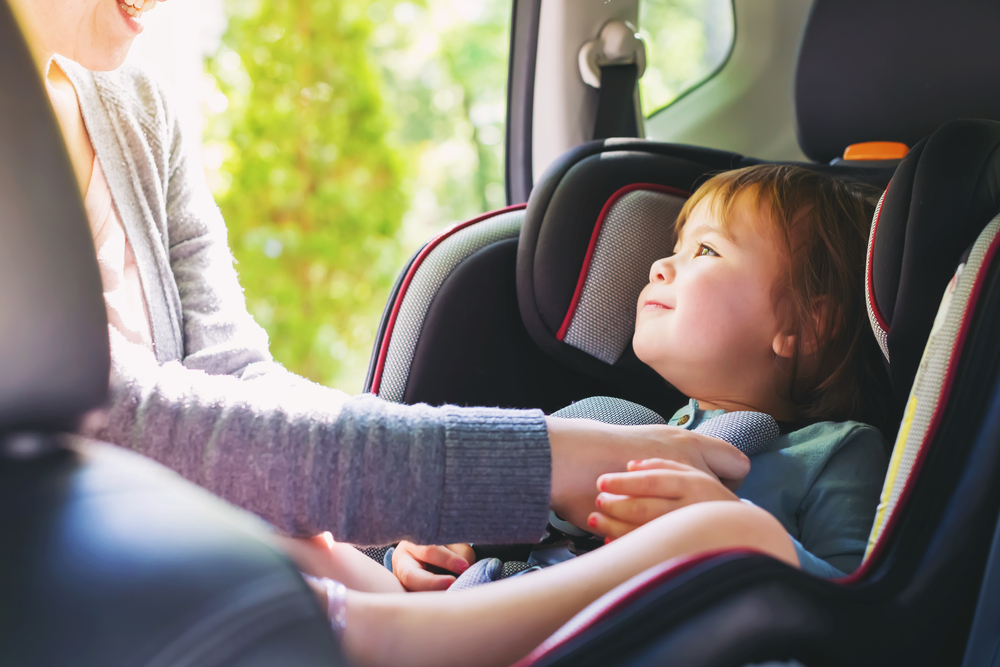Are you using the correct car seat for your children?
In 2016 I was approached by the Mum and Baby Academy (part of Life Cycle Marketing) for my expertise as a midwife and internationally renowned midwifery academic to become part of their professional consultant editorial team that review online modules covering a range of topics relevant to the role of practising healthcare professionals.
One of the modules I was asked to review was regarding car seat safety; aimed at improving the knowledge and confidence of midwives and health visitors in informing parents and carers about child car seat safety. These modules count towards their CPD requirements.
The largest proportion of deaths and injuries among road users are car occupants. They account for 46% of all those killed (Department for Transport 2016).
Twelve children less than 10 years of age are killed or injured as passengers in cars every day. A baby travelling in a car is particularly vulnerable as a result of its head accounting for a quarter of its total body size as well as the neck muscles being underdeveloped.
Babies need to be correctly restrained and it is a legal requirement that they are transported in rear facing seats that support the head and distribute the force of a collision through the shoulders and back.
All children must travel in appropriate car seats until they are 12 years old or 135cm tall according to the law. If a car seat is to prevent injury it has to be the right size for the child and properly fitted. The Good Egg Car Safety found that of over 4,000 car seats checked in 2016 in England and Scotland, 66% were incorrectly fitted.

This module involved working with members from the Royal Society for the Prevention of Accidents and car seat manufacturer BritaxRomer. Approved by the Child Accident Prevention Trust, the module covers the types of car seats, fitting and other safety advice and also answers frequently asked questions.
Over 12,700 midwives had engaged with the module in the first three months of its publication. Module evaluations have found that 80% of practitioners felt more able to advise parents after completing the module compared with 43% beforehand.
Top tips:
- Never buy a second-hand car seat as it may have internal damage that is not visible
- When buying a car seat, ensure it will fit your car as well as the cars of grandparents and carers. Always check the car manual for guidance and ask for a demonstration
- Install the seat in the back of the car; the middle space being the safest
- Front air bags should be deactivated before fitting a rear-facing car seat in a front seat as the air bag could crush and suffocate a baby
- The seat should feel secure and not wobbly. You should just be able to fit two fingers between the baby’s shoulders and the strap
- Parents who use taxis should identify a reliable company that provides properly fitted child seats
- Seats are designed for travel, not sleeping so a baby should not be left in the seat for longer than 90 minutes
We are all responsible for the safety of passengers in our cars, particularly vulnerable individuals. It is vital that this extends to being fully aware of the specific type and correct fit of seat approved for the vehicles in which a baby or child travels. This in turn can markedly reduce a child’s risk of death or injury if they are involved in a road accident.
By guest blogger Professor Jayne E Marshall, Foundation Professor of Midwifery at the University of Leicester, and an advanced driver of the Nottingham Advanced Drivers Group and a national observer.

